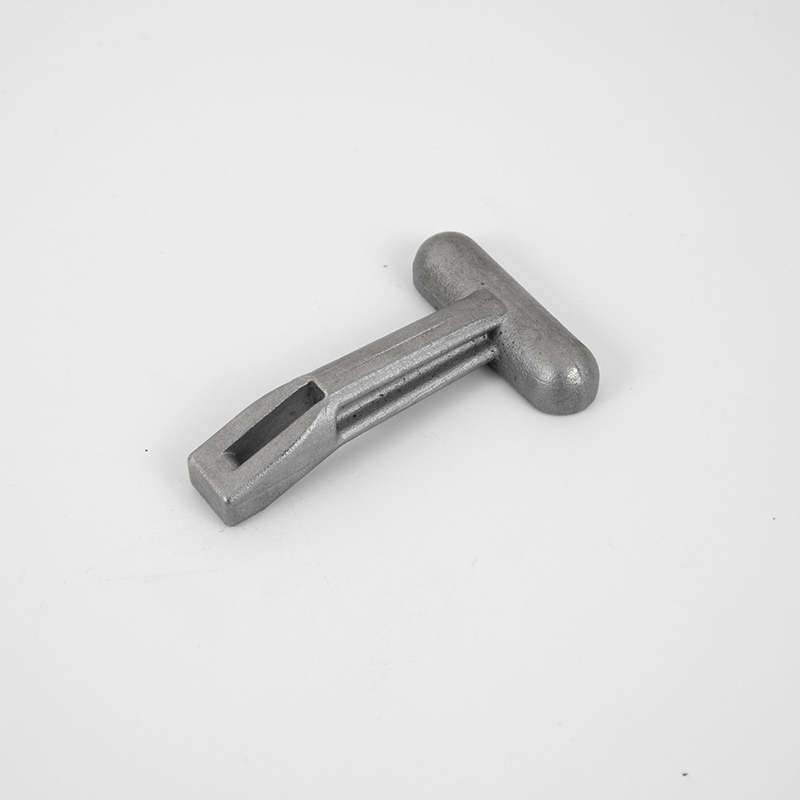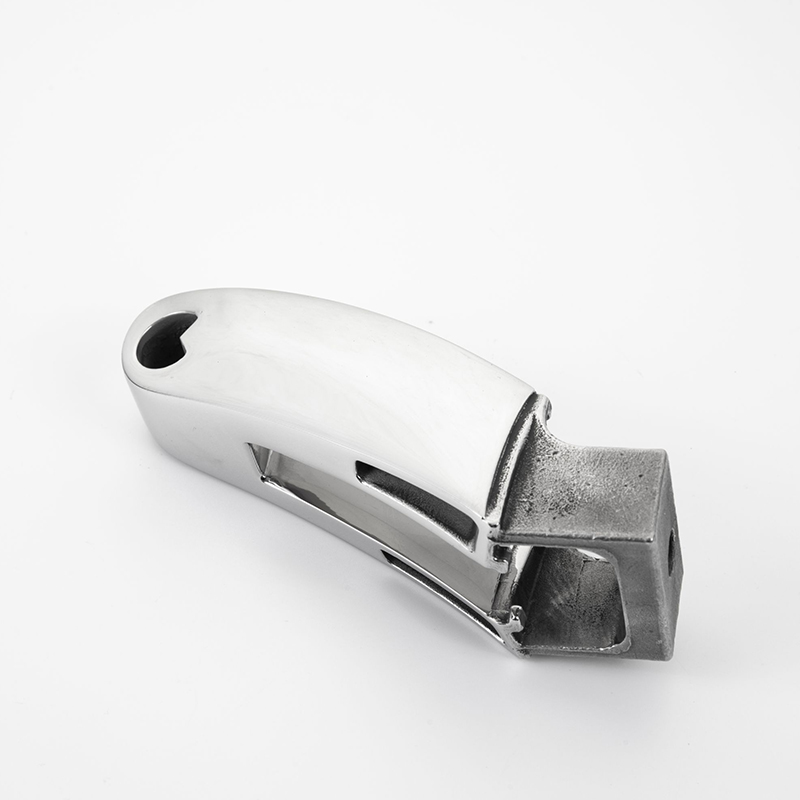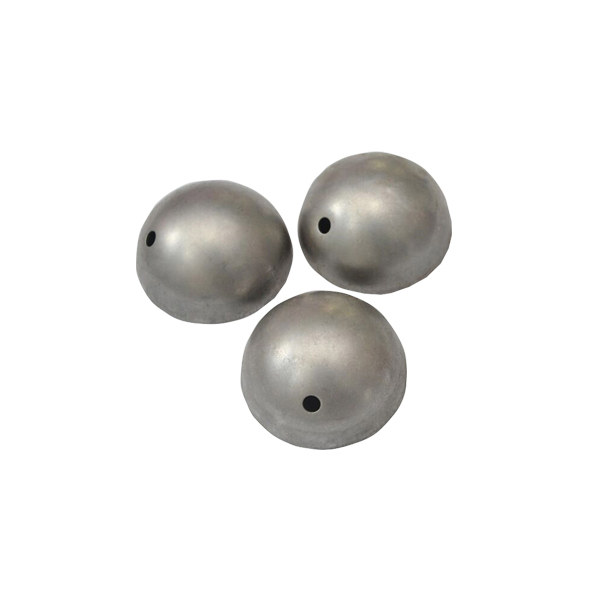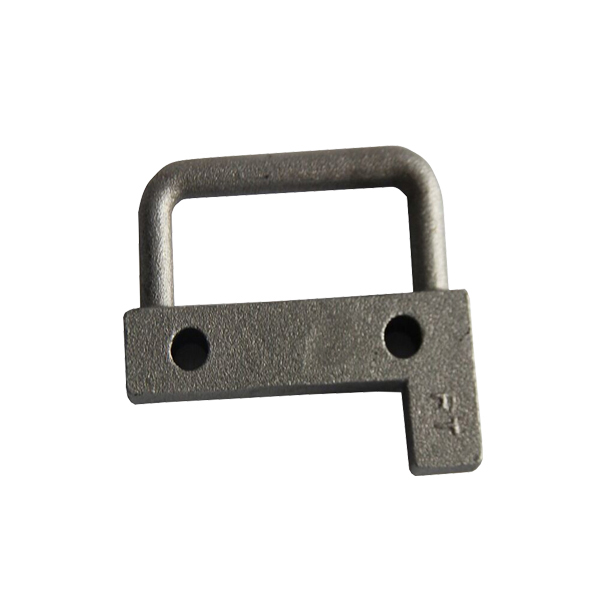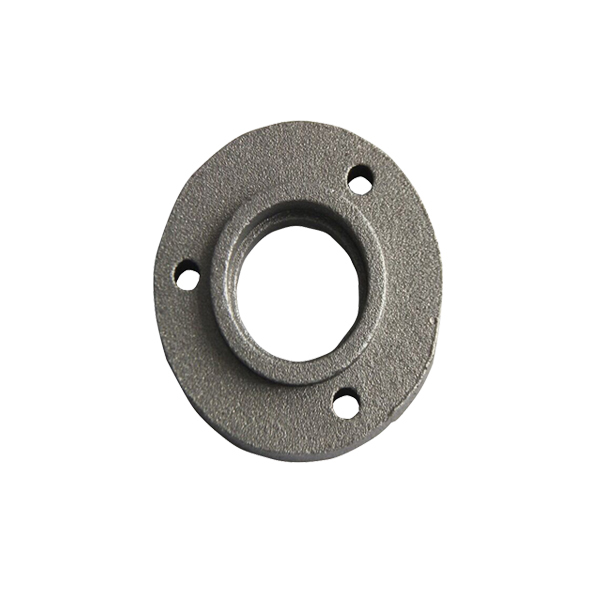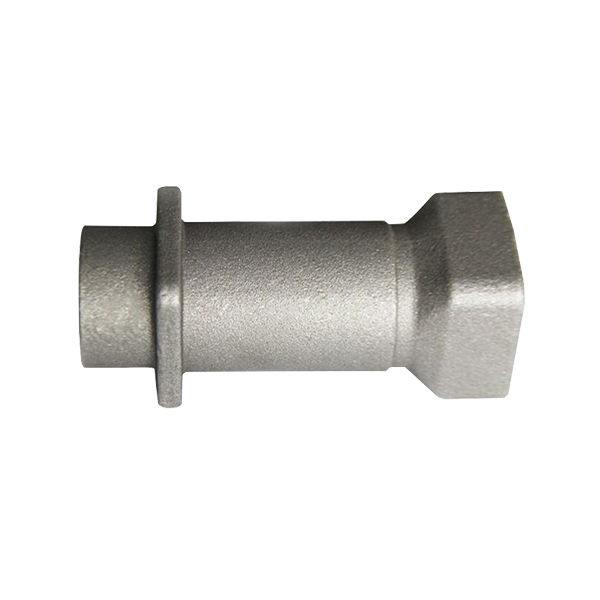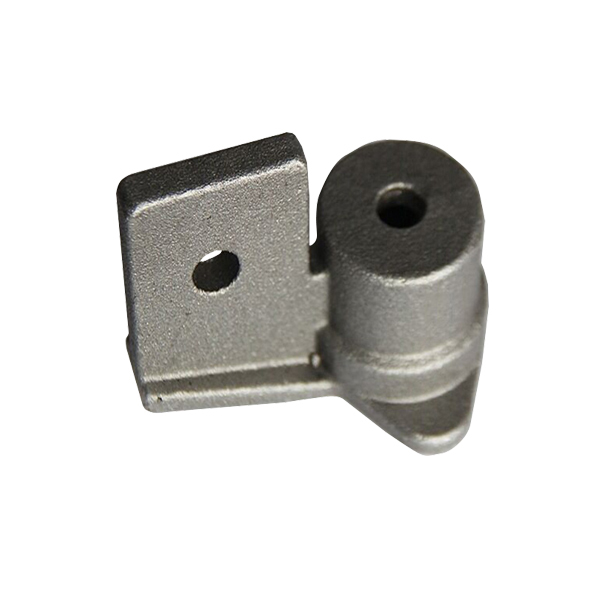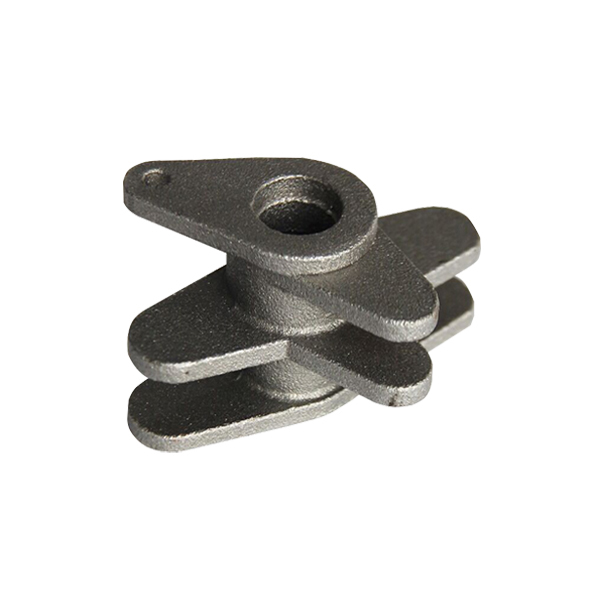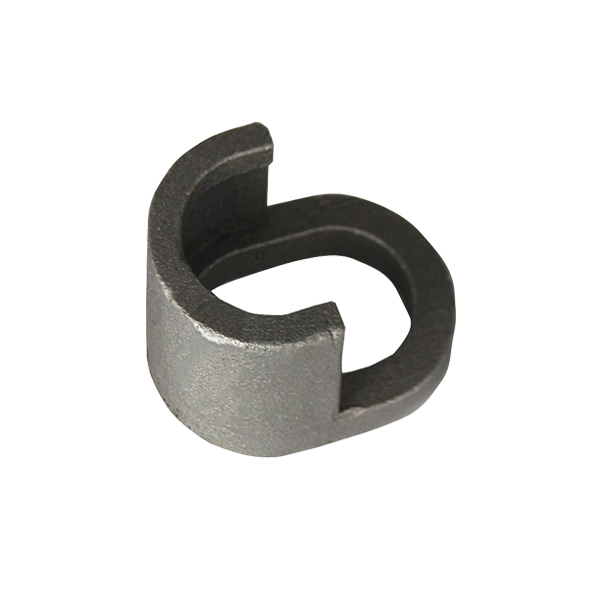Products
Shell Mold Sand Casting
Once the shell mold is created, it is removed from the pattern and assembled with other shell molds to form a complete mold cavity. Molten metal is then poured into the cavity, and once it solidifies, the shell mold is broken away to reveal the final metal casting.
Shell mold sand casting is known for its high dimensional accuracy, good surface finish, and the ability to produce complex shapes. It is commonly used in the production of small to medium-sized metal parts for various industries.
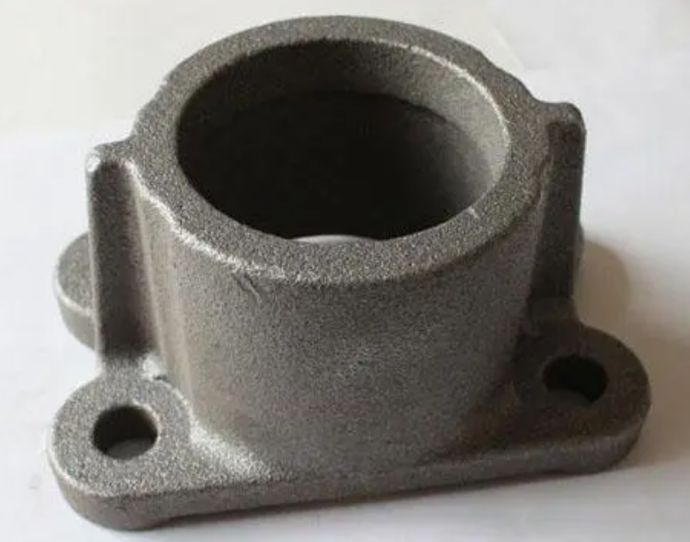
| Gray Iron |
Wall thickness/mm |
C | Si | Mn | P≤ | S≤ |
| HT150 | <30 | 3.3-3.5 | 2.0-2.4 | 0.5-0.8 | 0.2 | 0.12 |
| 30-50 | 3.2-3.5 | 1.9-2.3 | 0.5-0.8 | 0.2 | 0.12 | |
| >50 | 3.2-3.5 | 1.8-2.2 | 0.6-0.9 | 0.2 | 0.12 | |
| HT200 | <30 | 3.2-3.5 | 1.6-2.0 | 0.7-0.9 | 0.15 | 0.12 |
| 30-50 | 3.1-3.4 | 1.5-1.8 | 0.8-1.0 | 0.15 | 0.12 | |
| >50 | 3.0-3.3 | 1.4-1.6 | 0.8-1.0 | 0.15 | 0.12 | |
| HT250 | <30 | 3.0-3.3 | 1.4-1.7 | 0.8-1.0 | 0.15 | 0.12 |
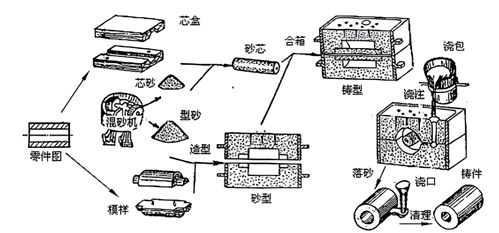
Shell Mold Preparation: The pattern is heated to a specific temperature, and then a mixture of resin-coated sand is poured over it. The resin-coated sand adheres to the pattern, creating a thin shell. This process is repeated to achieve the desired shell thickness.
Shell Mold Removal: Once the shell mold is formed and the resin has cured, it is removed from the pattern. The pattern can be reused to create additional shell molds.
Shell Mold Assembly: Multiple shell molds are assembled to form a complete mold cavity. The molds are securely joined together to ensure they can withstand the pouring of molten metal.
Pouring: The assembled shell mold is securely placed in a flask, and molten metal is poured into the cavity. The metal fills the cavity and takes the shape of the pattern.
Cooling and Solidification: The molten metal cools and solidifies within the shell mold cavity, taking on the shape of the pattern.
Shell Removal: Once the metal has solidified, the shell mold is broken away from the metal casting. The casting is then cleaned and finished to meet the required specifications.
The shell mold sand casting process is known for its ability to produce intricate and detailed castings with high dimensional accuracy and a smooth surface finish.
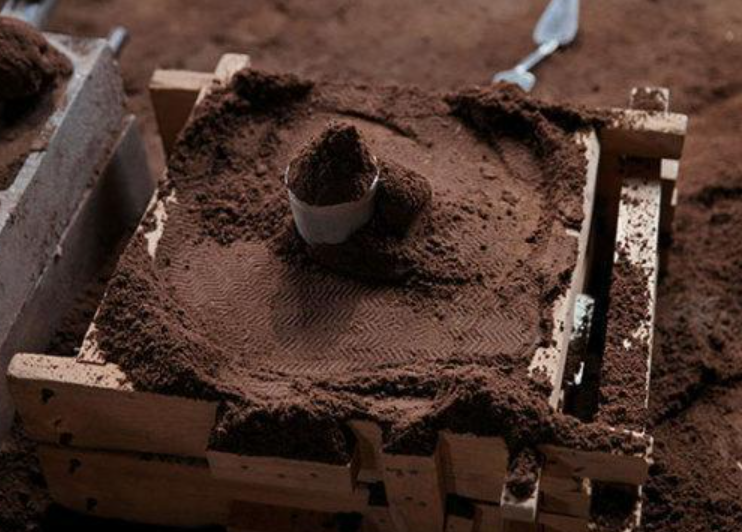
Heat Treatment of Shell Mold Sand Casting
In the context of shell mold sand casting, heat treatment is not typically applied to the castings themselves. This is because the shell mold sand casting process is designed to produce castings with good dimensional accuracy and surface finish without the need for subsequent heat treatment.
However, in some cases, heat treatment may be required for specific materials or to achieve certain mechanical properties. If heat treatment is necessary, it is typically performed after the casting process is complete. The specific heat treatment process will depend on the material being used and the desired properties of the final casting.
Common heat treatment processes for metal castings include annealing, normalizing, quenching, tempering, and stress relieving. These processes are designed to alter the microstructure of the metal, improve its mechanical properties, and relieve internal stresses.
It's important to note that the decision to apply heat treatment to shell mold sand castings should be made in consultation with materials and casting engineers, taking into account the specific requirements of the application and the properties needed for the final product.
Machining Capability of Shell Mold Sand Casting
Shell mold sand casting generally offers good machining capabilities. The process is known for producing castings with high dimensional accuracy and a smooth surface finish, which are beneficial for subsequent machining operations.
After the shell mold sand casting process is complete and the metal has solidified, the resulting casting can be machined to achieve tight tolerances, specific surface finishes, and intricate features. Common machining operations for shell mold sand castings include milling, drilling, turning, grinding, and tapping.
It’s important to note that the machinability of a shell mold sand casting will depend on factors such as the material being cast, the complexity of the part geometry, and the specific requirements of the final product. Additionally, the design of the casting and the selection of appropriate machining tools and techniques will influence the overall machining capability.
Overall, shell mold sand casting is often chosen for its ability to produce castings that are conducive to subsequent machining processes, making it a versatile option for producing complex metal parts with tight tolerances and high-quality surface finishes.
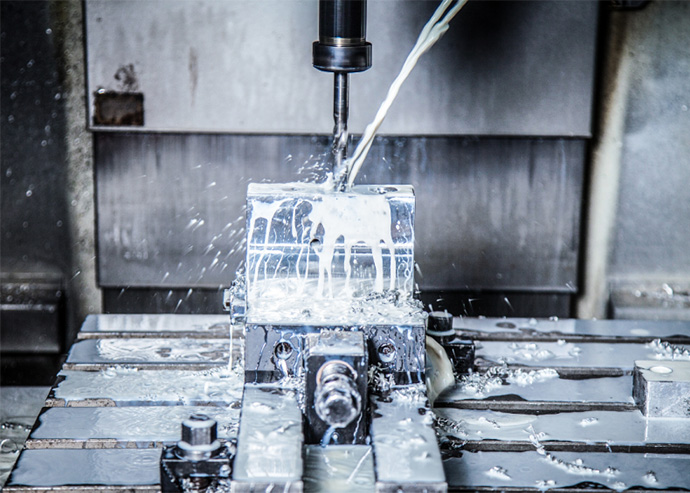
Application of shell mold sand casting
Shell sand casting is used in a wide variety of industries and applications due to its ability to produce high-quality, complex metal parts with good dimensional accuracy and surface finish. Some common applications for shell sand casting include:
Automotive industry: Shell sand casting is used to produce various automotive parts, such as engine parts, transmission parts, structural parts, etc. The process is valued for its ability to create complex shapes and maintain tight tolerances.
Aerospace industry: Critical aerospace components, including turbine blades, casings, and structural parts, are often manufactured using shell sand casting because the process is capable of producing high-strength and high-precision parts.
Pump and valve manufacturing: Shell sand casting is used to produce pump casings, valve bodies and other components of fluid handling systems. The process’s ability to create complex internal features and maintain dimensional accuracy is a boon to the industry.
Industrial machinery: Many industrial machinery components, such as gears, housings and brackets, are manufactured using shell sand casting because of its ability to produce parts with good surface finish and mechanical properties.
Energy sector: Components for power generation equipment, including turbine components, heat exchangers and other critical components, are often produced using shell sand casting because of the process’s ability to create complex shapes and maintain a high-quality surface finish.
General engineering: Shell sand casting is widely used in general engineering applications to produce a variety of components, including brackets, accessories and other customized parts that require high precision and good mechanical properties.
Overall, shell sand casting is suitable for a variety of applications that require complex metal parts with high dimensional accuracy, good surface finish, and excellent mechanical properties.
What material can be casted in sand casting
Sand casting is a versatile process that can be used to cast a wide range of materials, including various types of iron and other metals. Some of the materials that can be cast using sand casting, including the specific iron types you mentioned, are:
Gray Iron: Gray iron, also known as grey cast iron, is a common material for sand casting. It offers good machinability, damping capacity, and thermal conductivity, making it suitable for a wide range of applications.
Ductile Iron: Ductile iron, also referred to as nodular or spheroidal graphite iron, is another material commonly cast using sand casting. It has high strength, good ductility, and wear resistance, making it suitable for components subjected to heavy loads.
Alloy Cast Iron: Sand casting can be used to cast various alloyed irons, such as high-alloy cast irons containing elements like chromium, molybdenum, nickel, or copper. These alloys can provide enhanced properties such as corrosion resistance, high-temperature strength, or improved wear characteristics.
Heat-Resistant Cast Iron: Certain heat-resistant cast irons, such as those containing high levels of silicon and nickel, can be cast using sand casting. These materials are designed to withstand elevated temperatures and are used in applications such as furnace components, exhaust manifolds, and other high-temperature environments.
High-Strength Cast Iron: Sand casting can also be used to produce high-strength cast irons, including those with higher tensile and yield strengths. These materials are suitable for applications requiring superior mechanical properties.
In addition to iron-based materials, sand casting can also be used to cast a wide range of non-ferrous metals, such as aluminum, copper, brass, and various alloys. The versatility of sand casting makes it a popular choice for producing a diverse array of components across different industries.
- View as
Ductile Iron Shell Mold Sand Casting
As a professional high quality Ductile Iron Shell Mold Sand Casting manufacturer, you can rest assured to buy Ductile Iron Shell Mold Sand Casting from our factory and we will offer you the best after-sale service and timely delivery.Ductile Iron Shell Mold Sand Casting is a foundry process used to produce Ductile Iron castings with high accuracy and precision. The process involves using a pre-coated pattern to create a sand mold with a cavity in the desired shape of the part. The sand mold is then filled with molten Ductile Iron, which is allowed to cool and solidify, taking on the shape of the mold.
Iron Shell Mold Sand Casting
The following is the introduction of high quality Iron Shell Mold Sand Casting, hoping to help you better understand Iron Shell Mold Sand Casting. Welcome new and old customers to continue to cooperate with us to create a better future!Iron Shell Mold Sand Casting is a foundry process used to manufacture iron castings using a sand mold that is created by the application of heat to a pre-coated pattern. This process is similar to Carbon Steel Shell Mold Sand Casting, but instead of using Carbon Steel, it uses cast iron.
Carbon Steel Shell Mold Sand Casting
As the professional manufacturer, we would like to provide you Carbon Steel Shell Mold Sand Casting. And we will offer you the best after-sale service and timely delivery.Carbon steel shell mold sand casting is a precision manufacturing process that uses sand and resin molds to create complex metal parts. Similar to stainless steel or alloy steel shell mold sand casting, carbon steel shell mold sand casting involves using carbon steel as the primary material.
Alloy Steel Shell Mold Sand Casting
You can rest assured to buy Alloy Steel Shell Mold Sand Casting from our factory and we will offer you the best after-sale service and timely delivery.Alloy steel shell mold sand casting is a precision manufacturing process that uses sand and resin molds to create complex metal parts made of alloy steel. The process is similar to stainless steel shell mold sand casting, but in this case, alloy steel is used instead of stainless steel
Stainless Steel Shell Mold Sand Casting
Keming Machinery is a professional China Stainless Steel Shell Mold Sand Casting manufacturer and supplier, if you are looking for the best Stainless Steel Shell Mold Sand Casting with low price, consult us now!Stainless steel shell mold sand casting is a manufacturing process that is used to create complex metallic parts with a high degree of precision and accuracy. In this process, a cavity, or "shell," is formed in a mold made of sand and resin. The shell is then filled with molten stainless steel, which solidifies and takes the shape of the cavity.
Steel Shell Mold Sand Casting
High quality Steel Shell Mold Sand Casting is offered by China manufacturer Keming Machinery. Buy Steel Shell Mold Sand Casting which is of high quality directly with low price.Steel shell mold sand casting refers to a type of sand casting that utilizes a pre-formed mold made from a thin shell of steel or other metallic material. In this process, the mold is created using a pattern made of metal, wood, or plastic, which is pressed into a resin-coated sand mixture. The mold is then coated with a thin layer of steel, typically ranging from 2 to 6 mm in thickness, which provides the mold with additional strength.
